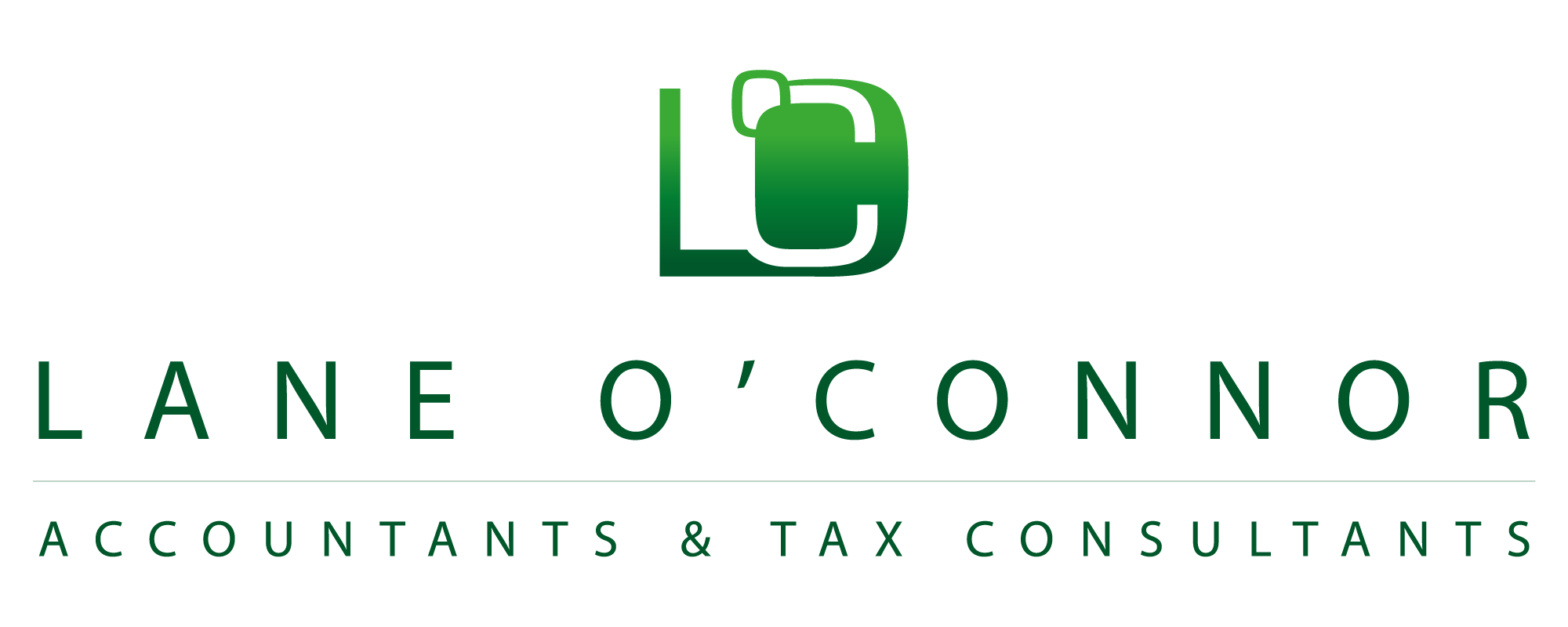The jobs market is largely cyclical.
Highly dependent on the ebb and flow of economic prosperity, the situation generally swings from being in the applicant’s favour to that of the employer.
Right now, it’s very much to the former’s advantage.
With an economy that has weathered the Covid pandemic better than most had predicted, the jobs market has further tightened as the movement of people has not yet fully normalised.
However, figures this week showed that a record 2.5 million people were at work here last year – up 10% on 2020.
All of that has created an environment where jobseekers are very much in the driving seat.
The Great Reshuffle
And many workers are intent on taking advantage of that situation while it lasts.
According to a recent study by the hiring software company Greenhouse, around two thirds of workers here are actively looking for new jobs.
A more interesting aspect of the study is that they view the move as being very much on their terms.
Over six in ten of those looking said they wouldn’t spend more than 15 minutes on an application, they expect to hear back from a perspective employer within a week and they have conditions, including flexibility, benefits and evidence of diversity in the company, particularly on boards.
“This is a wake-up call for companies of all sizes hiring in Ireland,” Colm O’Cuinneain, General Manager for Greenhouse Europe, Middle East and Africa operations said.
“The tables have turned. Now companies are being interviewed by candidates,” he said.
And the numbers bear that out.
An analysis of Greenhouse’s website shows that the average customer generated almost 50% more listings in 2021 than they did in the previous year.
In the same period, the volume of applications for individual jobs fell by over a fifth.
Candidates simply have more choice, and they are becoming more selective, meaning the onus is shifting to the employer in some circumstances to make itself attractive to the candidate now.
Mismatch
Trayc Keevans, Global FDI Director with professional services recruiter Morgan McKinley, said the current situation had emerged from a misalignment between the skills requirement and the availability of skilled candidates.
“You’re into a headhunt scenario for the same skillset. It’s across pretty much every sector,” she explained.
“That’s what’s so unusual about this market. It’s about supply and demand and the talent pool hasn’t grown to the extent that the opportunities have.”
Much of it, Ms Keevans said, comes down to the departure of many foreign workers in the early part of the pandemic, compounded by fewer new arrivals since.
The market here very much relies on being able to tap the international talent pool, but that came to a grinding halt during the pandemic.
Many workers who were accommodated for working from their home countries for a period at the start of the pandemic decided not to return.
And with a slower influx of fresh recruits, a perfect storm for the employment market has emerged with skilled applicants reaping the rewards, leaving companies to resort to temporary measures to cover their sills gaps.
Growing spread of shortages
Vacancies are not arising solely in the usual areas where shortages might be expected, like Information Technology and Finance, although there are very attractive opportunities in those sectors.
According to the people management platform, HR Locker, demand for sales and marketing professionals outstripped IT roles in the month of January.
However, it’s the financial services area where it takes longest to fill positions with the average waiting time of 46 days on average compared to 38 days for legal roles and 30 days for IT jobs, HRLocker found.
And, as if to demonstrate the spread of the shortages, it’s in the area of engineering where the biggest pay increases can be found at the moment.
According to HRLocker, pay increases of almost 40% can be commanded in the engineering sector followed by IT – traditionally already very well paid – where workers can secure pay rises of on average 28%.
That’s largely reflected in Morgan McKinley’s salary findings.
And it doesn’t end there.
“Bigger basic salaries are no longer enough,” Adam Coleman, CEO at HRLocker said.
“To hold on to their best and brightest, employers need to create a great employee experience from the outset, offering greater flexibility, giving them skin in the game via share options and investing in their people through continuous learning and development,” he added.
Perks aplenty
Morgan McKinley has a research division that looks at the ‘value proposition’ which, in the current environment, goes beyond salary with benefits playing a more prominent role.
The recruiter carried out an in-depth study of the area last year with another underway at the moment looking at the benefits employees are asking for and getting.
It found that companies adapted their benefits offering during the pandemic with some, for example, providing takeaway vouchers for their staff so that they were still covering the cost of dining while workers were out of the office.
Educational supports and wellness programmes are other areas of benefit being offered by firms, while share offerings were more common in bigger corporates, particularly US-based firms.
Trayc Keevans said when it came to traditional benefits, like healthcare and pensions, companies and candidates were very much aligned on their expectations, but it was in the area of flexible working where jobseekers are now seeking leeway.
However, she warned that it was the area where potential differences might emerge.
“There’s a lot of interchangeable language used in working from home and working remotely. They’re not the same thing. So when people are asking for it, it’s very important to clarify what it is they are looking for – what level of flexibility they want,” she said.
One area where she was surprised there wasn’t more of an attempt by employers to differentiate themselves on benefits was in the area of childcare with the provision of childcare vouchers the least offered benefit.
“There is now a real opportunity for employers to achieve a better balance in the workplace through the inclusion of childcare support in their benefits offering,” she said.
Inflation busting pay rises
Some of the current pay rises that make the headlines are at the upper end of the spectrum and they are well in excess of the rate of soaring inflation that almost every household is experiencing right now.
It’s important to emphasise that it’s far from every worker who is able to command a pay increase of this magnitude, if at all.
According to the latest set of data available from the Central Statistics Office, average weekly earnings in the year to the end of September were up around 5.5% – coincidentally matching the rate of inflation.
Some are doing far better than the average but there’s a sizeable proportion of the workforce who are on fixed incomes – or who are commanding pay increases that are below the rate of inflation – and are effectively being left worse off in the current environment.
Those high end pay increases that some can negotiate could contribute further to the inflationary environment in what economists call a wage-price spiral.
“It’s undoubtedly there in certain sectors,” Austin Hughes, chief economist at KBC Bank Ireland said.
“You have this global strain on prices and you have this extraordinary domestic strength in terms of employment growth, but it’s mixed across sectors.”
He pointed to areas like IT, industry, health and education showing pronounced strength, but there was mixed performance in areas like hospitality and administrative services.
“Parts of the jobs market are red hot at the moment, commanding significant wage increases, and that’s where you hear talk of the spiral, but there’s a lot of sectors where people are saying ‘this is happening to me’ and they’re seeing the most strains because of the increase in the cost of living,” he added.
How long can it last?
Given the unorthodox nature of the economic environment we’re living in at the moment, it’s difficult to tell.
If inflation continues to grind higher, more and more wage claims will likely be made by different sectors of the economy.
And that may further drive a wage-price spiral, precipitating even more wage claims.
“I would have thought it’s moving in line with the pandemic,” Ms Keevans said.
“As travel restrictions are further eased, we’re going to see more movement and less over-reliance on a smaller talent pool. That will take some of those pressures off.”
In the meantime, though, it’s ‘advantage, jobseeker’.
An employer’s difficulty is their opportunity.
Article Source – Jobseekers in the driving seat as labour market tightens – RTE – Brian Finn


 Practice Hook
Practice Hook